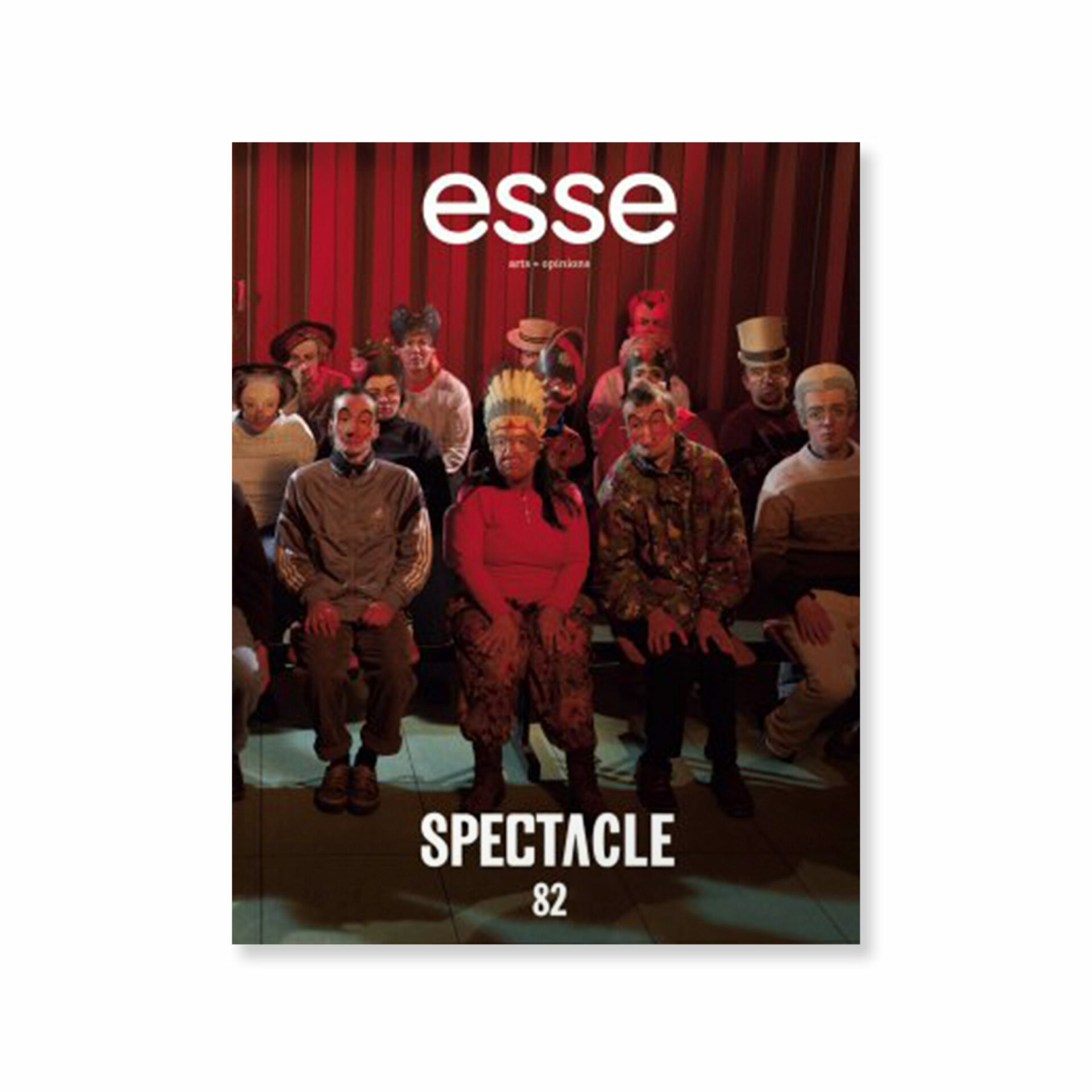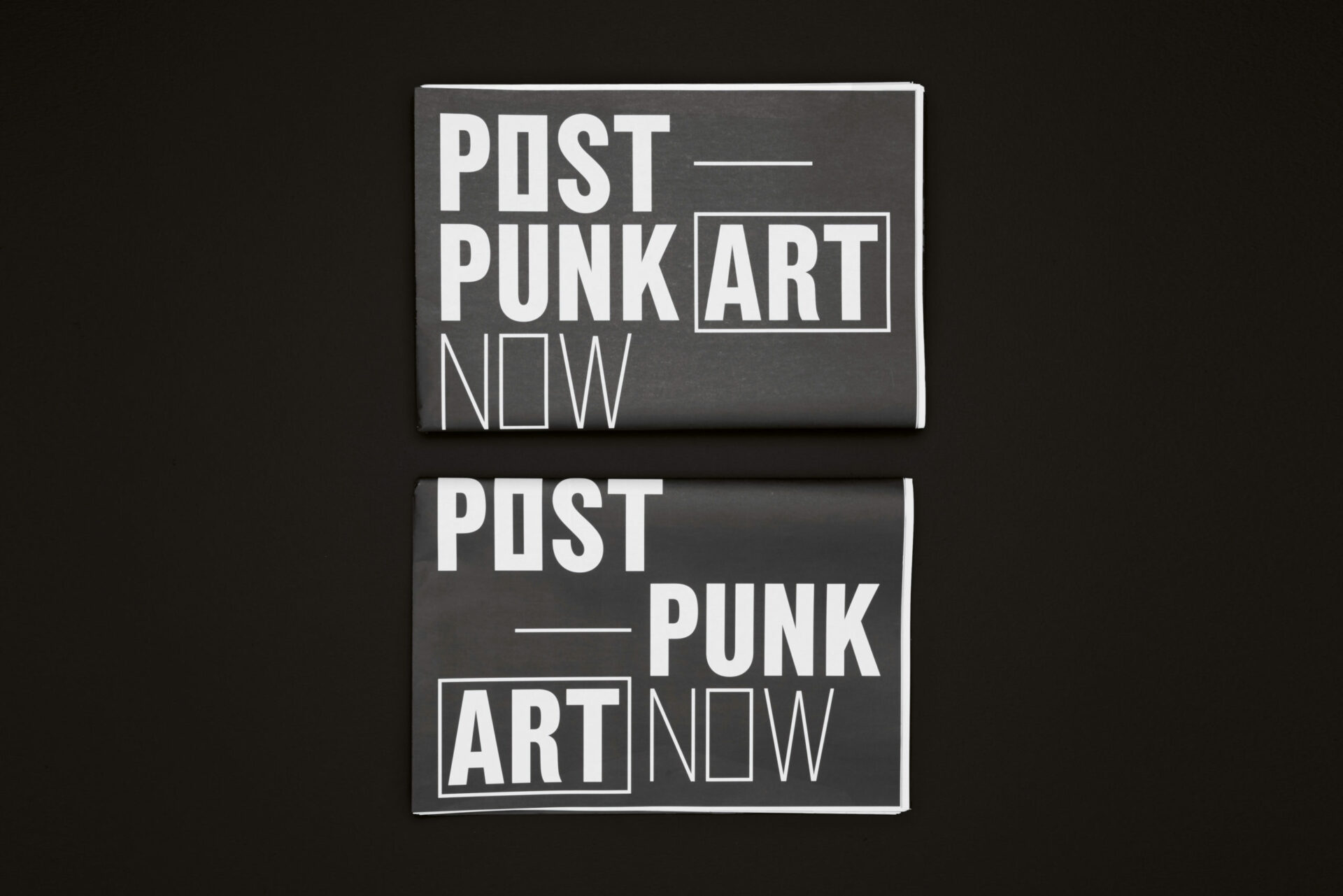Jake & Dinos Chapman: Come and See
April 4–August 31, 2014


Come and See, exhibition view, DHC/ART, Montréal, 2014.
Photo: Richard-Max Tremblay, courtesy of DHC/ART Foundation for Contemporary Art, Montréal
[En anglais] Going to see Jake & Dinos Chapman: Come and See at DHC can be an alienating experience. Not because one is surrounded by scenes and images on the lower side of the propriety spectrum (genitalia, crucifixion, colonoscopies), but rather because discourse around the show has been pitched in terms of shock, disgust, or transgression, despite whatever one might actual feel. The Chapman brothers, YBAs whose primary sensibility engages weird sex and weirder violence (they first came to fame for a host of sculptures of malformed children), are presenting their first solo exhibition at DHC, and critics and curators have been eager to revel in the siblings’ challenging abjection in a collectively tautological confirmation of negative content and negative effect. But to give the brothers some conceptual credit, the very appearance of disgust does not disgusting art make.
As is the case with much “abject art,” criticism of Come and See has assumed a degree of affective transparency on the part of the viewer, a flawless loop between putatively scary images and putatively scary feelings. But shocking content, defined so in relation to cultural valuations, is only sometimes shocking experience. For all the Nazis, extraneous anuses, castrated cocks, and crucified fast food mascots that inhabit the exhibition, very little here poses a spectorial threat. Even the Ku Klux Klan mannequins, installed throughout DHC as gallery-goer proxies, inspire more chuckling than gasping. Surrounded by the rest of the Chapmans’ oeuvre, the Klansmen add to an overall ambience of glossy, institutionally mandated bad taste.
In the Chapmans’ negative aesthetics, thematic provocation dissipates in the face of formal Gestalt or sanitized curation; the potency of their images often collapses in their presentational mode or heteroglossic logic, however deliberately. In its weaker manifestations, this leads to the lifeless symbolization in works like the bronzed viscera of Little Death Machine (Castrated, Ossified) (2006) or the pseudo-anthropology of a gallery of sculptural “artefacts” in the form of McDonalds trademarks. In stronger moments, the Chapmans’ detached affectivity works to examine the space between form and content. Take The Sum of All Evil (2012–13), four giant dioramas of fantasyscapes wherein Third Reich ghouls, zombies, Ronald McDonald clones, and dinosaurs engage in cosmic battle, like the fearful Last Judgment scene of a child raised exclusively on video games and 1990s mall culture. The sheer narrative density of the tableaux enhances their playful staging in a Breugel-esque commitment to visual absorption, all housed in paradoxically elegant glass vitrines. At its most sophisticated, the Chapmans’ line of artistic critique doesn’t merely undermine normativity by exposure to its less respectable elements, but dislodges its very apparatus of presentation.




